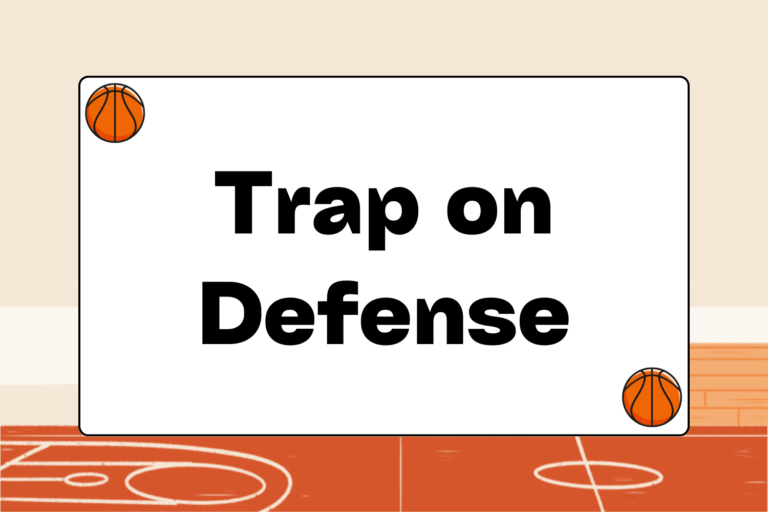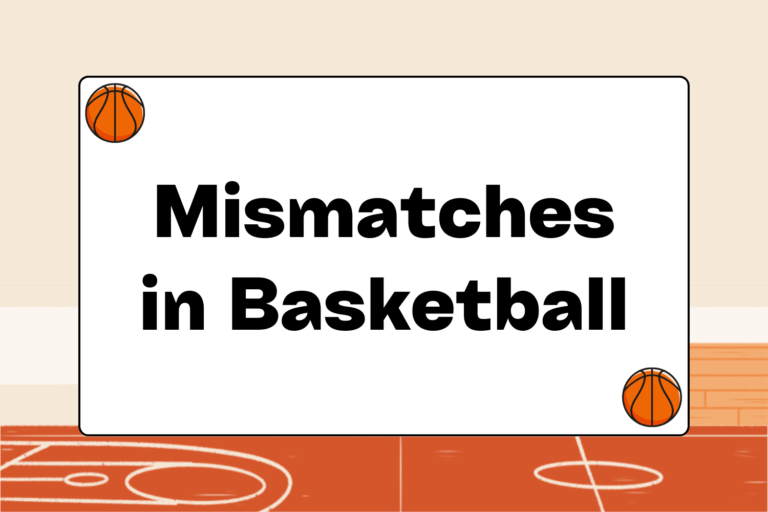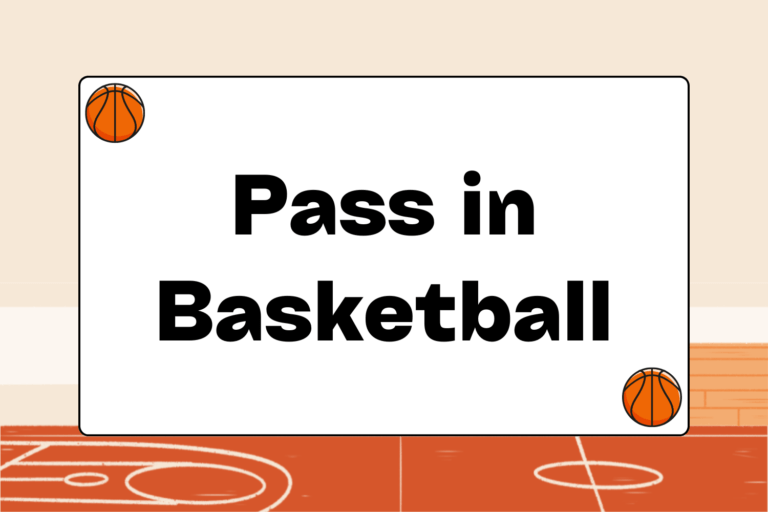The flex offense is an easy-to-learn system that offers dynamic options and many opportunities for players and coaches to expand the playbook. Because of these characteristics, the flex offense can be found at all levels of the game. It’s also predicated on flexibility, motion, and teamwork — players must move constantly to free teammates and themselves, and ball-handlers must work to find open men as soon as they become free.
The flex offense is similar to the motion offense, but adds a few distinct wrinkles:
- The 1-4 set: This is the starting formation of the flex offense, in which the point guard has the ball at the top of the key and the other four players form a line along the baseline. For this reason, the point guard should be a skilled handler and decision-maker.
- Three positions on the floor: The guard, two wings, and two posts are really just areas of the floor. Positions are interchangeable, and players should be versatile enough to play anywhere on the floor.
- Post players who can handle: Every player will be required to have perimeter skills. This means they must be able to dribble, catch passes, shoot, and work to get open.
- Perimeter players in the paint: Conversely, perimeter players must be able to rebound, recognize mismatches, and make one-on-one post moves.
This guide will examine the fundamentals of the flex offense, and detail a few key plays that can be utilized at any level.
Constant Motion
In the flex offense, all five players must be constantly moving. Any player who stops—say, to spot up before receiving a pass—slows down the offense and allows defensive players the chance to make a steal or deflection.
The flex offense is a constant motion offense in which each player on the floor is doing one of the following at all times:
- Moving to set a screen
- Cutting to get open after receiving a screen
- Catching a pass
- Passing the ball to a teammate
In the flex offense, any player who sets a screen for a teammate will receive a pick from another teammate. When coming off of any pick, a player will either receive a pass or run to set a pick for a teammate. Also, dribbling is minimal in the flex offense. Players who receive a pass either shoot – if they have an open shot from a comfortable area of the floor – or pass to a teammate.
Hot Tip: Wait for the Screen
The flex offense relies on solid screens and quick cuts to get open. Be sure to wait for the screen to be set, and avoid the tendency to leave early to look for the pass.
Guard Pass to Flex Cut
The first action in the basic half-court flex offense is a pass from the point guard to one of the post players who pops out to the perimeter. From there, the weak side wing player runs a flex cut along the baseline, getting a screen from the weak side post player. The cutter should make a hard fake toward the baseline to free himself in the lane.
The passer must always make quick decisions in the flex offense by reading the screener’s defender. If the screener’s defender follows the cutter, the screener should be open or guarded by a smaller wing defender in the low block. Otherwise, the cutter may be open after receiving the screen.
Screen the Screener
As mentioned, any screener should benefit from receiving a screen after setting one himself. In the flex offense, it would be typical for the point guard – after passing – to set a down screen for the post player, who has just set a screen for the wing player. This allows the post player to evade his defender, and step out for an open look at the basket.
This is a tough move for defenders to guard. In addition, the point guard should slide to the perimeter, where he’ll be open if his man follows the screener. Proper spacing and solid screens make it difficult for players to stay with their man.
The flex offense is characterized by this screen-the-screener action, which forces defenders to decide whether (or not) they should switch men and work through screens. In this way, the flex offense spells trouble for traditional man-to-man defenses when all players are in motion and following the basic rules of the offense.
Mental Edge
When setting a screen, the post player should step out and away from the lane, giving room for the cutter to make a backdoor cut to the basket. Backdoor cuts give the flex offense its flexibility, and force the defense to stay on their toes.
Entry Pass
The entry pass is often the goal of the flex offense. This is especially true for teams with bigger guards and wing players, who create mismatches against smaller defenders. The flex offense requires that each player work on his post game, since each will spend time in the post.
At the same time, players should learn to recognize and anticipate mismatches, and take advantage of them as quickly as possible. A few rules make post play a little easier.
- A player should call for the ball when he has a mismatch.
- A passer should slide away from the post player after passing.
- A post player should pass or shoot immediately after receiving the pass.
Teams that look toward the post at every opportunity will have more success taking advantage of mismatches.
Complexity
The fact is that the flex offense can take a lifetime of study and practice to perfect. At the same time, a few basic rules and movements can lead to a series of effective plays and scoring chances. The real strengths of the flex are to keep players moving and to challenge defenses with new wrinkles.
The flex offense is built for teams that have time to work on it in practice and over the course of long season (or three). However, building plays off of these simple concepts can pose serious challenges to any defense, and maximize a team’s offensive talent.





